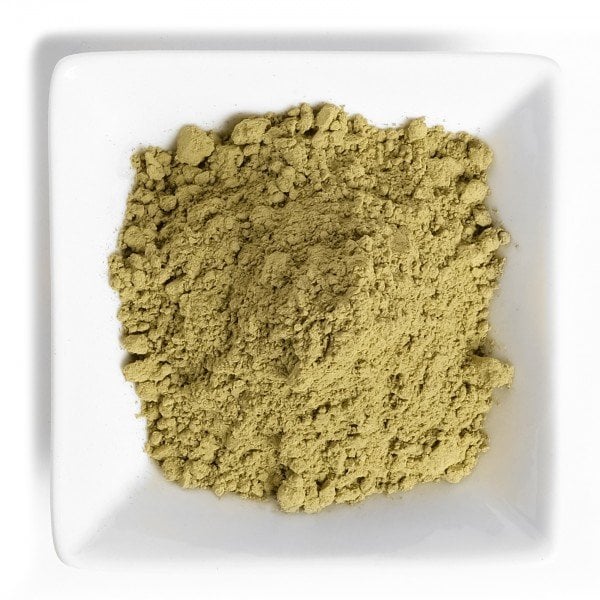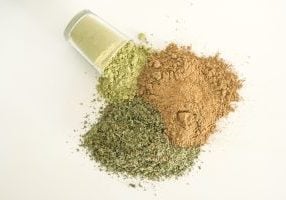Though kratom remains legal in most parts of America, there are places where kratom has been outright banned. Such decisions are largely based on poor quality control in the industry as well as misinformation about what kratom is. Still, those decisions mean that the industry at large needs to be very careful.
In fact, one of the most restrictive parts of working in the kratom industry is kratom advertising. Due to the regulations placed on kratom and the FDA’s refusal to reconsider their stance on it, what we can and cannot say about kratom is very restricted.
Here at Kraken Kratom, we follow the guidelines created by the American Kratom Association to ensure that our products are labeled and marketed in safe, legal ways. What does this mean, and why should you be aware of it?
Today, we’ll share that info with you.
FDA vs. Kratom: What You Should Know
For many years now, the kratom industry and the FDA have been at odds about how to handle the safety and regulation of kratom for kratom users everywhere.
While the FDA continues to insist that kratom is a dangerous substance that they want to see scheduled as a restricted access drug, the kratom industry and its supporters point to opposing research, which says very different things.
Because of this lack of agreement, there continues to be confusion about the safety, legality, advertising, and use of kratom across the board. Kratom remains suspended in an legal position where it does not yet have a clear defiintion.
This confusing position leads to a lot of discrepancies in what can and cannot be said about kratom and its uses, and those discrepancies trickle down into the practices of vendors everywhere. Vendors that aren’t careful about their wording end up getting warnings from the FDA, and the entire industry has to be on guard.
What We Can and Can’t Say
How does the conflict between the FDA and the kratom industry at large affect our practices here at Kraken Kratom?
No Health Claims
When we discuss kratom, how our customers use it, and how kratom might affect the body, we cannot make any health claims about what kratom might be able to do. Even when sharing anecdotal stories from kratom consumers, we have to be careful about the way that we talk about kratom’s potential effects.
No Treatment Plans
Have you ever wondered why some of your favorite kratom vendors do not give you a clear guideline on using kratom for specific purposes?
In most cases, vendors will have to avoid this because kratom cannot be marketed as a specific cure for any specific diseases, illnesses, or symptoms. This means that even if we want to share our experiences and findings, we cannot because we do not have FDA approval to do so.
Specific Labeling Practices
The labels on our products must include specific information, such as the active ingredient composition, FDA-required disclaimers, as well as lot and batch numbers for clear testing tracking.
We follow the guidance laid out in the Good Manufacturing Program run by the American Kratom Association; their guidelines are in place to ensure the industry functions as safely as possible while still following FDA rules.
Our Blog
Even here on our blog, we have to be careful about what we do and do not say about kratom. We keep this blog as a way to connect with and educate members of the kratom community about kratom, but how much we can say is constantly limited by FDA rules.
Still, we love being able to share what we can about ongoing kratom research, advocacy in the industry, and other aspects of the kratom world that you might not find out about otherwise.
The Dangers Of These Restrictions
Why do kratom advocacy organizations find the limitations put in place by rules and confusion to be so dangerous? There are a few reasons.
Dishonest Vendors
First, vendors in the kratom industry are restricted by the FDA’s rules, but they aren’t given clear rules or regulations to follow. Everything is left to be confusing, and that only hurts the consumers in the end.
When vendors don’t have clear guidelines to follow or a system of checks and balances to watch over what they are doing, some vendors will turn to dishonest practices. Those vendors will eventually be caught and stopped, but not until after they have already caused consumers’ problems.
Confused Customers
Customers that are looking to find out which kratom vendors have the most high-quality products that suit their needs also end up confused. Vendors are limited in what they can say, and this affects even simple facts about their products. This means that customers have to go into their shopping experience without as much information as they could have.
Misinformation
Finally, the restrictions put into place by the FDA, as well as the statements put out about kratom by the FDA, may contribute to rampant misinformation about kratom in the general population.
Misinformation hurts the long-term advocacy of kratom and needs to be halted, but it is hard for vendors to assist in this campaign when their words are limited.
Looking To The Future
For the time being, we continue to follow the advice of kratom advocacy groups like the American Kratom Association for how to handle our advertising and product labeling. Additionally, we support their efforts to make positive changes for the future of kratom in America.
In particular, we support the AKA’s efforts to get states to implement Kratom Consumer Protection Acts. These laws create the necessary checks and balances, as well as guidelines, that are needed to keep the industry safe for kraton consumers. The acts also give information about how to label and market kratom, and this is key for moving into the future with as much clear information as possible.











